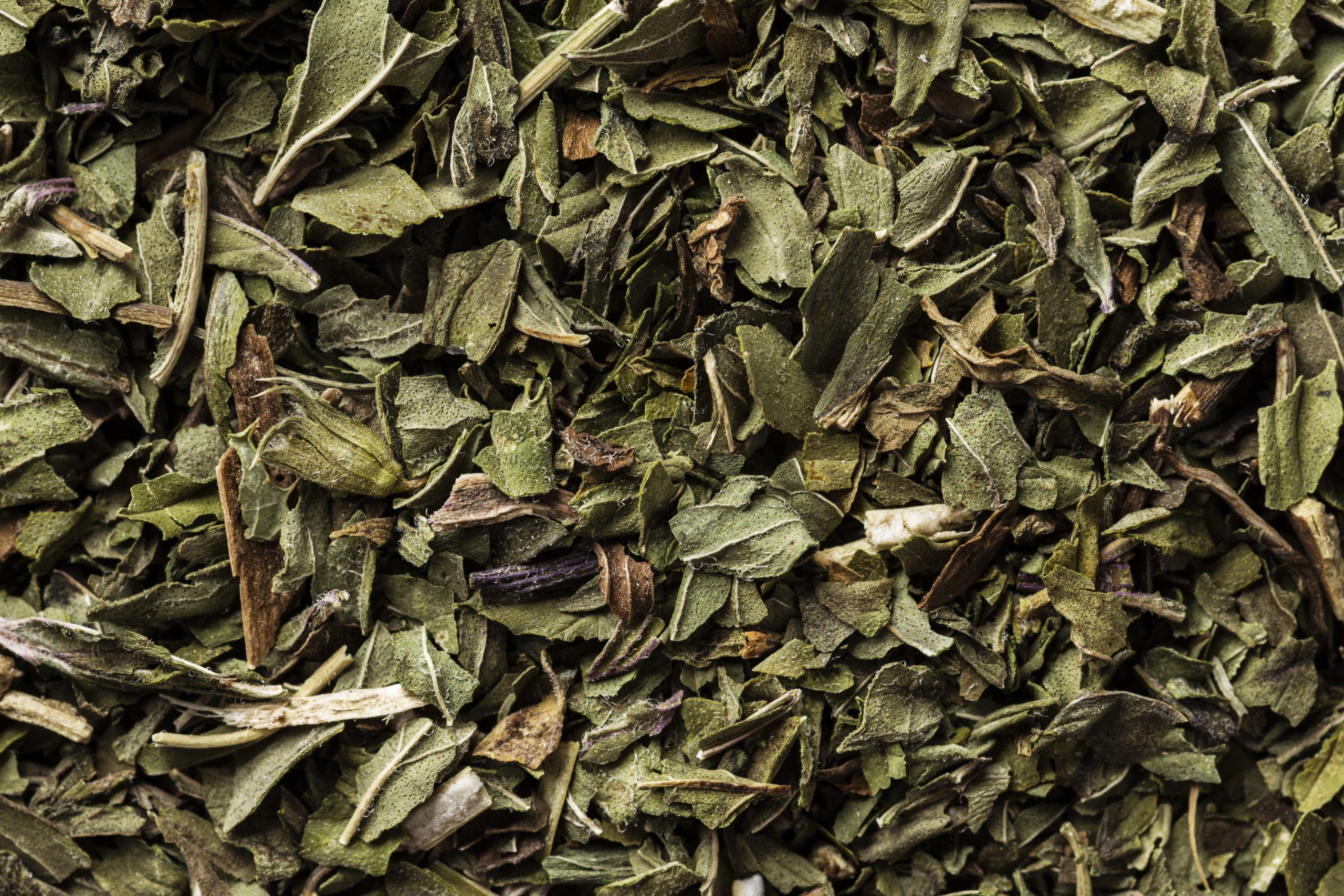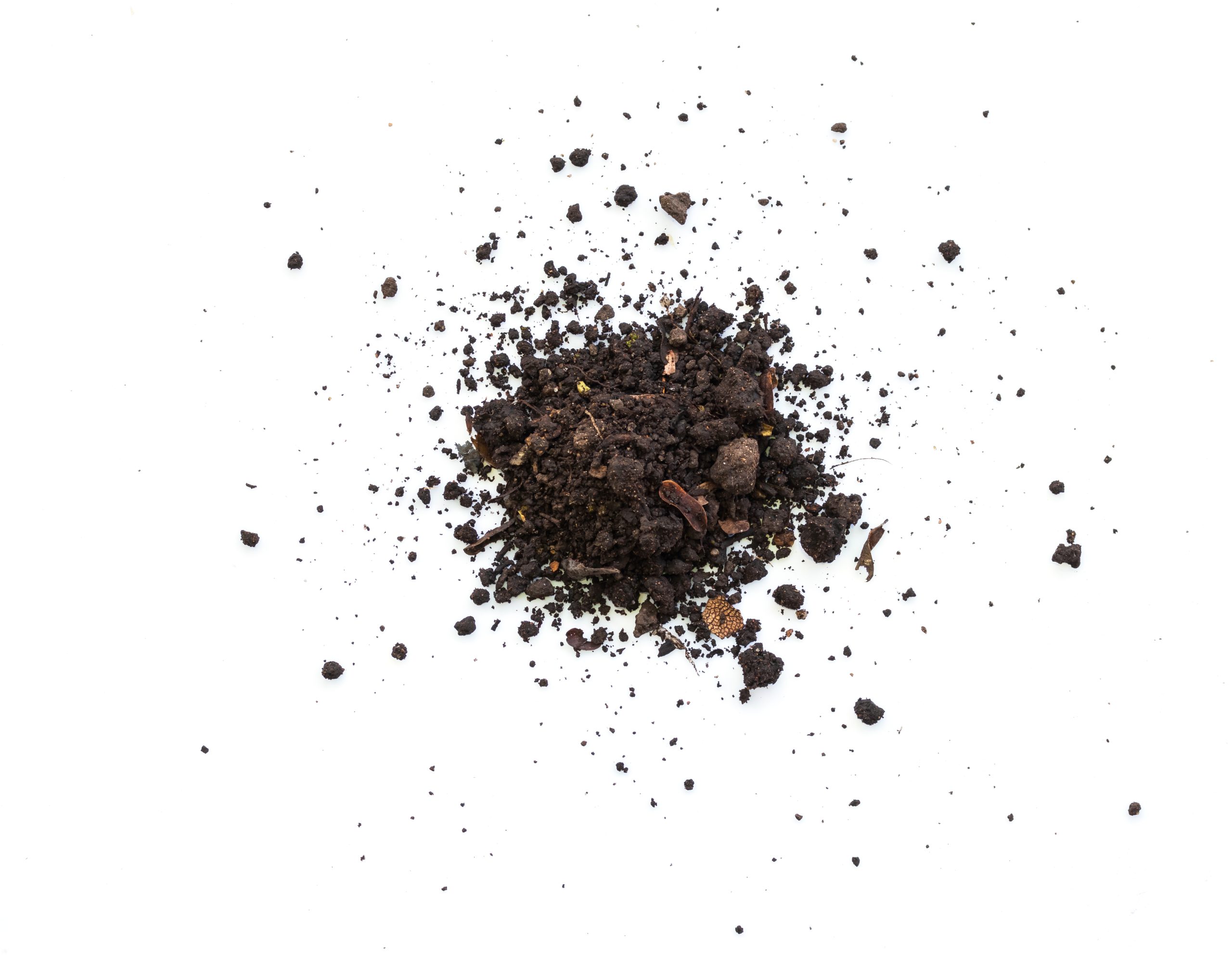Tea is one of the most popular beverages in the world, consumed by millions of people every day. It is a drink that has been around for centuries, with its origins dating back to ancient China. Today, tea is grown in many different countries, and there are many different types and grades of tea available. In this blog post, we will explore the world of tea gradings and what they mean.
Tea grading is the process of classifying tea based on its quality and size. The grading system for tea can vary depending on the country of origin, but in general, there are four main grades of tea: whole leaf, broken leaf, fannings, and dust. These grades are based on the size of the tea leaves, with whole leaf being the largest and most premium grade, and dust being the smallest and lowest grade.
Whole Leaf Tea
Whole leaf tea is the highest grade of tea available. This tea is made up of whole, unbroken leaves and is picked from the top of the tea bush. Whole leaf tea is the most flavourful and aromatic, and it retains its natural flavour and aroma better than other grades of tea. Because of its premium quality, whole leaf tea is often more expensive than other grades of tea.
Broken Leaf Tea
Broken leaf tea is made up of larger pieces of tea leaves that have been broken or crushed during processing. This tea has a stronger flavour than whole leaf tea and is often used in tea bags. Broken leaf tea is less expensive than whole leaf tea, but it still retains much of the flavour and aroma of the tea.


Fannings
Fannings are the smallest grade of tea and are made up of the small pieces of tea that are left over after the whole and broken leaves have been removed. Fannings are often used in tea bags and have a much stronger flavour than whole or broken leaf tea. Because of their small size, fannings brew quickly and are often used in commercial tea production.
Dust
Dust is the lowest grade of tea and is made up of the smallest particles of tea leaves. This tea is often used in commercial tea production and is found in many low-quality tea bags. Dust has a very strong flavour but lacks the delicate nuances found in higher grades of tea.
In addition to these four main grades of tea, there are also special grades of tea that are specific to certain countries or regions. For example, in Japan, there is a special grade of tea called Gyokuro, which is made from shade-grown tea leaves and is one of the most expensive teas in the world.
In conclusion, tea grading is an important part of the tea industry, and it helps to ensure that consumers get the highest quality tea possible. By understanding the different grades of tea, you can choose the best tea for your taste and budget. Whether you prefer whole leaf tea or a stronger brew made from fannings or dust, there is a tea out there for everyone.


